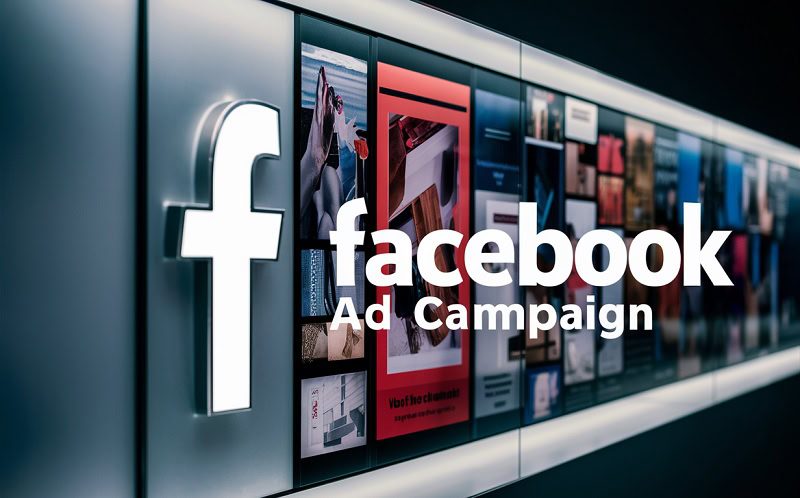Pinterest can be an ideal environment for e-commerce advertisers.
It’s a uniquely visual platform, with an active user base and highly engaging ad formats.
But if you’re looking to kick off a new campaign and create some snazzy assets, you might find yourself scratching your head.
What exactly is the difference between all these formats?

Boost E-Commerce ROI: Download Our Free CPA & ROAS Calculator
And what on earth is a promoted pin?!
When it comes to creating Pinterest ads, there’s a lot to learn.
Luckily we are a specialist Pinterest advertising agency and you’re about to receive a crash course in Pinterest ad specs.
We’ve summarised everything you need to know about these unique formats, so you can create stunning ads with supreme confidence.

Firstly – how does Pinterest advertising work?
Let’s take a step back and review how Pinterest ads work.
You can think of Pinterest as a giant vision board. Many users utilise the platform to search for new products and inspiration – for interior design, culinary adventures, and pretty much anything else you can imagine.
The platform works primarily through ‘pins’ – these are essentially bookmarks that users can engage with and save for future reference.
Paid advertising utilises ‘promoted pins’. They look identical to organic pins but are actively promoted and targeted across the site in-feed.
There are a few different types of promoted pin, each with its nuances and unique specifications. It’s important to understand these different specs before you start preparing a campaign.
What are the different types of Pinterest ads?
Let’s take a look at the different ad formats available on the Pinterest platform.
Each promoted pin allows for a title (100 characters) and description (500 characters) – it’s important to use this space wisely, so keep your ad copy punchy and focused on key features.
Static Pins
Static pins are a fairly simple format. They can feature a single image, so they’re perfect for showcasing individual products or straightforward messages.
File Type: PNG or JPEG
Max File Size: 20 MB
Aspect Ratio: Pinterest recommends using a 2:3 aspect ratio, or 1000×1500 pixels. Pins with an aspect ratio greater than 2:3 might get cut off in-feed.

Standard Width Video Pins
Standard Width video pins are the same size as your average pin. They allow you to run a video asset up to 15 minutes long, so there’s plenty of time for storytelling.
File Type: .mp4, .mov or .m4v.
Encoding: H.264 or H.265.
Max File Size: Up to 2 GB.
Video Length: Minimum 4 seconds, maximum 15 minutes.
Aspect Ratio: Shorter than 1:2 (width:height), and taller than 1.91:1. It’s recommended to make videos square (1:1) or vertical (2:3 or 9:16).
Max Width Video Pins
Feel like your video deserves a bigger stage? No problem – Max Width video pins expand across the entire feed on mobile, providing you with added impact and visibility.
File Type: .mp4, .mov or .m4v.
Encoding: H.264 or H.265.
Max File Size: Up to 2 GB.
Video Length: Minimum 4 seconds, maximum 15 minutes.
Aspect Ratio: Square (1:1) or widescreen (16:9). Max Width assets can’t exceed the height of a 1:1 aspect ratio.

Carousel Pins
Carousels allow users to swipe through multiple images in a single pin. This is a handy way to promote a new collection or showcase a range of different products.
File Type: PNG or JPEG.
Max File Size: 32 MB per image.
Creative Quantity: 2-5 images per carousel.
Aspect Ratio: 1:1 or 2:3.

Shopping Pins
The e-commerce dream – Shopping pins allow users to purchase your products directly through the Pinterest platform. This enables a seamless shopping experience.
Shopping pins also follow the same specs as Static pins. Convenient, eh?
Collections Pins
This format combines a larger image or video (known as the hero asset) with at least three smaller images (known as the secondary assets). Collections pins are great for showcasing a range of different products and driving high levels of engagement.
For a static hero asset, follow these specs:
File Type: PNG or JPEG.
Max File Size: 10 MB.
Creative Quantity: 1x hero creative, plus a minimum of 3x secondary creatives recommended. A maximum of 24 secondary creatives is permitted.
Aspect Ratio: Hero creative must have either a 1:1 or 2:3 aspect ratio, and can also differ from the aspect ratios of the secondary creatives. All secondary creatives must have the same aspect ratio – either 1:1 (square) or 2:3 (vertical). A 1:1 ratio is recommended for secondary creatives – if the creative is not 1:1, the centre of the asset will be cropped.
For a video hero asset, follow these specs:
File Type: .mp4, .mov or .m4v.
Encoding: H.264 or H.265.
Max File Size: Up to 2 GB.
Video Length: Minimum 4 seconds, maximum 15 minutes.
Aspect Ratio: Shorter than 1:2 (width:height) and taller than 1.91:1. Pinterest recommends making your videos square (1:1) or vertical (2:3 or 9:16).

If you’re hunting for any more info about Pinterest ad specs, the Pinterest help centre is a safe bet.
Some best practices for creating Pinterest ads
Now that we’ve covered the technical specifications, let’s check out some best practices for creating your shiny new Pinterest ads.
Create high-quality visuals
Pinterest is all about the visuals, and users expect to see some top-notch content from advertisers.
Make sure that your assets are high-quality and vibrant enough to make an impact in-feed. Showcase your products clearly with image ads, and utilise motion and colour to generate interest with video ads.
If graphic design isn’t your strong point, there’s no need to panic. Don’t hesitate to enlist the help of a professional designer to help you create beautiful assets, because this is vital to success on Pinterest.
Use your ad copy wisely
You have 500 characters to use for your product descriptions, so make every word count!
Try to align your copy closely with the content of your ads – if your descriptions feel disconnected from your assets, it can be jarring for prospects.
Focus quickly on the key product benefits and features that will drive a click. Prioritise the strongest selling points and make sure to nail these early in your descriptions.
As always, it’s important to end with a clear and compelling CTA. Make sure that users are clear on what happens if they click, and reiterate the value that you’re providing.
Diversify your content
If you can keep your promoted content fresh and interesting, you’re more likely to drive consistent clicks and conversions over time.
Experiment with different types of messaging – ‘how to’ content or UGC can be particularly impactful on Pinterest because many users are actively searching for shopping inspiration.
Figure out what type of content resonates most with your audience, and use these learnings to inform future campaigns.
Stick to the specs
This might sound obvious, but trust us – this is advice worth remembering.
Always make sure you’re referencing the relevant ad specs when producing assets.
Creating new ads can be a hectic process, but don’t overlook these details. If you produce ads incorrectly it can lead to costly edits, wasted time and campaign delays. All of which are best avoided!
Got all that? Good.
Stay close to the ad specs whenever you’re creating new assets to ensure smooth production processes and punctual campaign launches.
You can always refer back to this guide if you’re unsure. It’s not going anywhere. Promise.
Read our guide to Pinterest ad costs to help with your campaign budgets.
Related
- Pinterest Collections Ads: Why You Should Use Them






